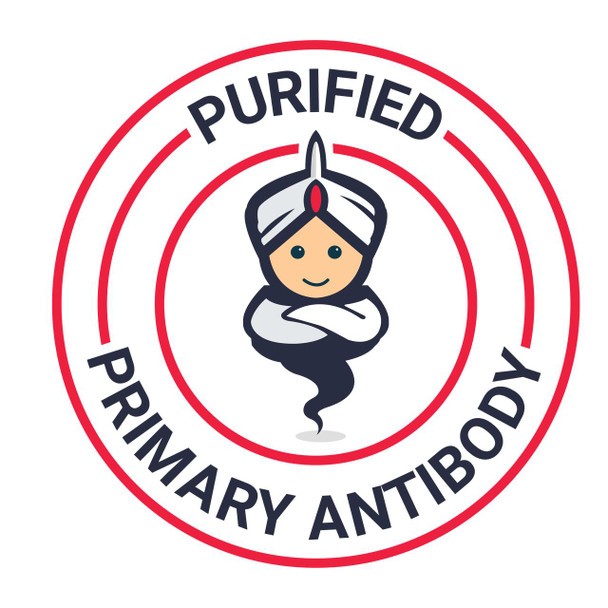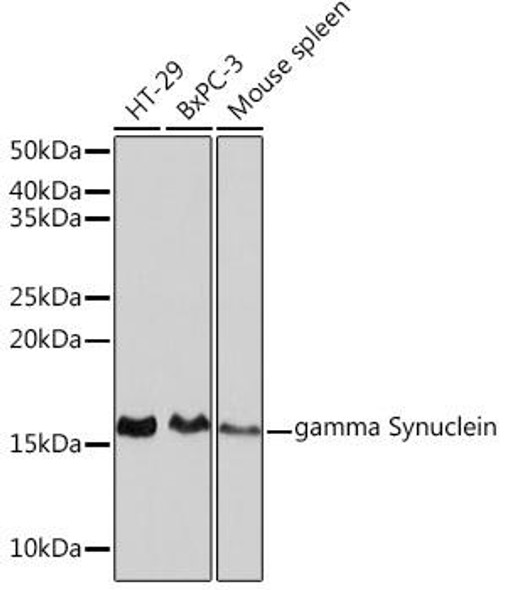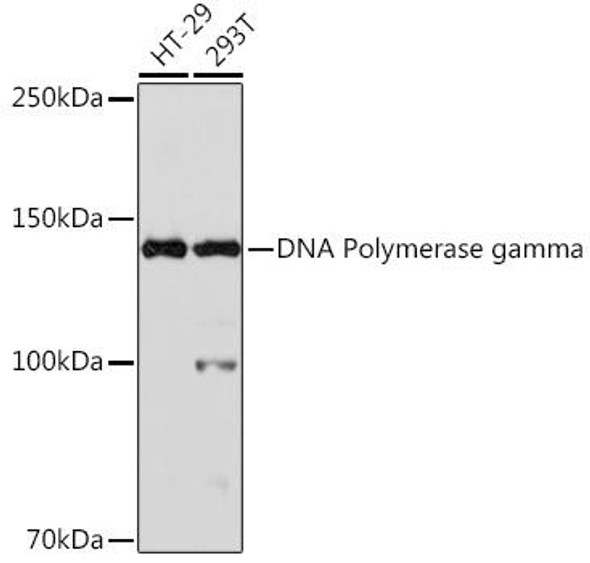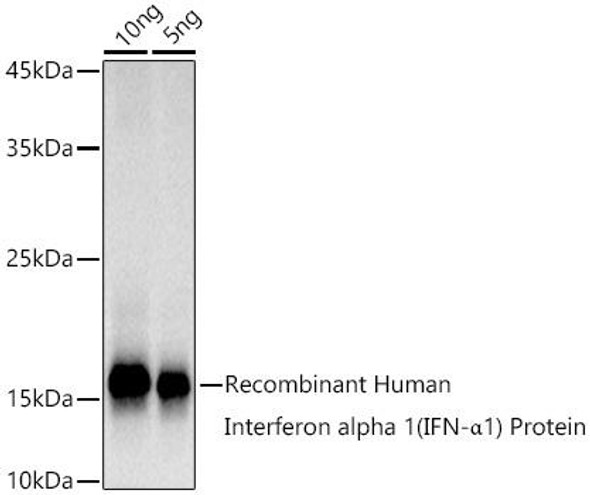Description
| Product Name: | Interferon-gamma monoclonal antibody |
| Product Code: | AGIM0098 |
| Size: | 100 µg in 100 µL |
| Reactivity: | Human |
| Clone: | G-23 |
| Applications: | Flow Cytometry |
| Conjugate: | Unconjugated |
| Isotype: | IgG1 |
| Host Species: | Mouse |
| Storage: | Store at 4°C. For long-term storage aliquot and store at -20°C. Avoid freeze/thaw cycles. |
| Uniprot: | P01579 |
| Background: | The Interferon gamma (IFN-gamma; 20-25 kDa) is an important regulator of the immune response, produced in activated Th1 cells and NK cells, particularly in response to IL-2, TNF-alpha and IL-12; its production is sup pressed by IL-4, IL-10, and TGF-beta. The producing of IFN-gamma is activated by specific antigens or mitogens through the T cell antigen receptor. IFN-gamma polypeptide forms: 40-60 kDa forms are observable under non-dena turing conditions as dimers and trimers; 20 kDa and 25 kDa forms exist due to variable glycosylation. IFN-gamma be longs to the type II interferons, also called immune IFN. IFN-gamma shows antiviral activity and has important immunoregulatory functions. It is a potent activator of macrophages and had antiproliferative effects on transformed cells. IFN-gamma plays an important role in regulating B cell differentiation by simultaneously stimulating class switch recombination to the IgG3 and IgG2a isotypes while repres ing class switch recombination to the IgE and IgG1 isotypes. It also appears to promote antigen presentation by B cells through its effects on MHC. Binding of IFN-gamma to its receptor increases the expression of class I MHC on all somatic cells. It also enhances the expression of class II MHC on antigen-presenting cells. IFN-gamma is the major means by which T cells activate macrophages, increasing their ability to kill bacteria, parasites, and tumours. The ac tivation of macrophages by IFN-gamma is essential for the elimination of bacteria that replicate within the phagosomes of macrophages (f.e. Mycobacteria and Listeria monocytogenes). IFN-gamma can potentiate the high antiviral and antitumor effects of the type I interferons (IFN-alpha, IFN-beta). IFN-gamma may also activate neutrophils and NK cells. Gene Locus: 12q14. |
| UniProt Protein Function: | IFNG: Produced by lymphocytes activated by specific antigens or mitogens. IFN-gamma, in addition to having antiviral activity, has important immunoregulatory functions. It is a potent activator of macrophages, it has antiproliferative effects on transformed cells and it can potentiate the antiviral and antitumor effects of the type I interferons. Homodimer. Released primarily from activated T lymphocytes. Belongs to the type II (or gamma) interferon family. |
| UniProt Protein Details: | Protein type:Membrane protein, integral; Secreted; Secreted, signal peptide; Cytokine Chromosomal Location of Human Ortholog: 12q14 Cellular Component: extracellular space; extracellular region; external side of plasma membrane Molecular Function:interferon-gamma receptor binding; cytokine activity Biological Process: positive regulation of isotype switching to IgG isotypes; positive regulation of nitric oxide biosynthetic process; apoptosis; positive regulation of interleukin-23 production; negative regulation of smooth muscle cell proliferation; positive regulation of interleukin-12 production; positive regulation of osteoclast differentiation; positive regulation of interleukin-6 biosynthetic process; negative regulation of epithelial cell differentiation; positive regulation of interleukin-1 beta secretion; positive regulation of killing of cells of another organism; negative regulation of transcription from RNA polymerase II promoter; sensory perception of mechanical stimulus; positive regulation of membrane protein ectodomain proteolysis; cell surface receptor linked signal transduction; positive regulation of MHC class II biosynthetic process; positive regulation of cell proliferation; positive regulation of mesenchymal cell proliferation; positive regulation of T cell proliferation; cell cycle arrest; defense response to virus; regulation of the force of heart contraction; positive regulation of peptidyl-serine phosphorylation of STAT protein; response to drug; positive regulation of synaptic transmission, cholinergic; neutrophil chemotaxis; adaptive immune response; CD8-positive, alpha-beta T cell differentiation during immune response; negative regulation of myelination; unfolded protein response; response to virus; cytokine and chemokine mediated signaling pathway; defense response to protozoan; positive regulation of tumor necrosis factor production; humoral immune response; antigen processing and presentation; positive regulation of tyrosine phosphorylation of Stat1 protein; positive regulation of chemokine biosynthetic process; negative regulation of interleukin-17 production; positive regulation of interleukin-12 biosynthetic process; protein import into nucleus, translocation; defense response to bacterium; neutrophil apoptosis; positive regulation of transcription from RNA polymerase II promoter; cell motility; positive regulation of neuron differentiation; regulation of insulin secretion Disease: Hepatitis C Virus, Susceptibility To; Aplastic Anemia; Tuberous Sclerosis 2; Mycobacterium Tuberculosis, Susceptibility To; Human Immunodeficiency Virus Type 1, Susceptibility To |
| NCBI Summary: | This gene encodes a member of the type II interferon family. The protein encoded is a soluble cytokine with antiviral, immunoregulatory and anti-tumor properties and is a potent activator of macrophages. Mutations in this gene are associated with aplastic anemia.[provided by RefSeq, Nov 2009] |
| UniProt Code: | P01579 |
| NCBI GenInfo Identifier: | 124479 |
| NCBI Gene ID: | 3458 |
| NCBI Accession: | P01579.1 |
| UniProt Secondary Accession: | P01579,Q53ZV4, B5BU88, |
| UniProt Related Accession: | P01579 |
| Molecular Weight: | |
| NCBI Full Name: | Interferon gamma |
| NCBI Synonym Full Names: | interferon, gamma |
| NCBI Official Symbol: | IFNG |
| NCBI Official Synonym Symbols: | IFG; IFI |
| NCBI Protein Information: | interferon gamma; IFN-gamma; immune interferon |
| UniProt Protein Name: | Interferon gamma |
| UniProt Synonym Protein Names: | Immune interferon |
| Protein Family: | Interferon |
| UniProt Gene Name: | IFNG |
| UniProt Entry Name: | IFNG_HUMAN |








